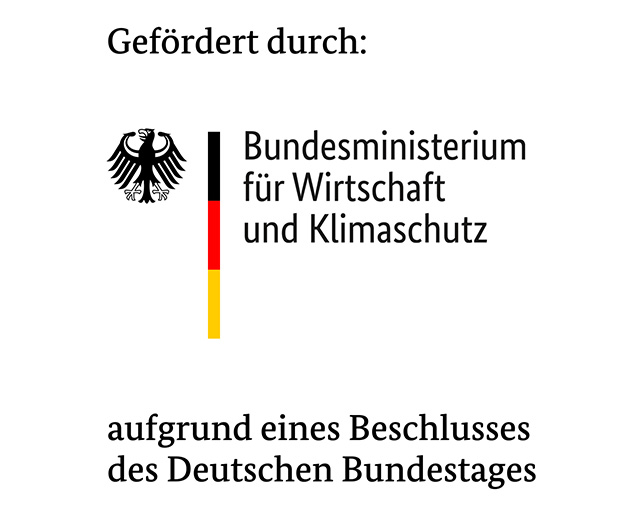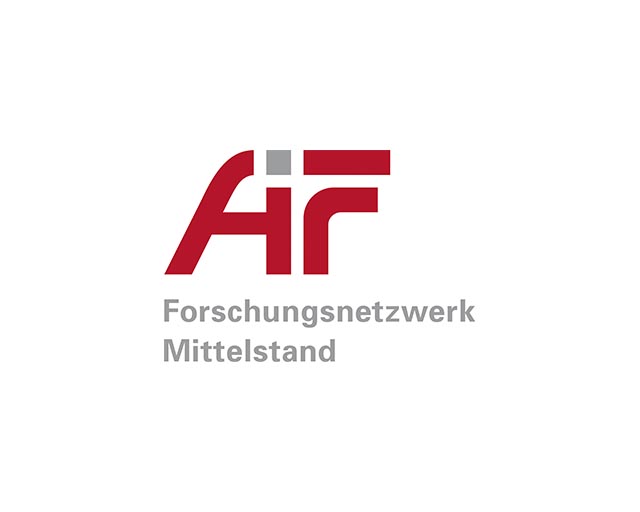
Pretreatment of high-performance plastics


Challenge
Despite tremendous progress in adhesive development and surface pretreatment, many plastics are still considered to have very poor bonding properties as they can only form strong bonds with the aid of a limited number of adhesives. In many cases, these adhesives have to be modified, with the result that the requirements in terms of mechanical, thermal and/or processing properties are no longer fulfilled.
Solution
Suitable pretreatment methods have significantly expanded the range of applicable plastics and adhesives in recent years. Whereas chemical methods such as pickling or etching are now rarely used due to their poor environmental compatibility and work physiology, many companies employ physical or chemical pretreatment methods. This involves the cleaning, roughening or activation of plastic surfaces by means of flame treatment, the utilization of low-pressure plasmas and, in particular, cost-effective applications of atmospheric pressure plasmas such as corona treatment, dielectric barrier discharges (DBD) or treatment with the aid of a plasma jet. This leads to better wettability of the surface and, in many cases, to improved bonding of the adhesives.
Added value
At the Fraunhofer IST, atmospheric pressure plasma processes and the corresponding equipment are being developed which offer the possibility of functionalizing plastic surfaces under a defined atmosphere. With the equipment available, it is possible to impart specific chemical functionalizations to the surfaces. These can be, for example, nitrogen-containing groups generated by plasma treatment in nitrogen-hydrogen mixtures or ammonia. The production of functionalizations on the basis of layers with carboxylate or epoxide groups is, however, also possible through the utilization of suitable precursors such as maleic anhydride or glycidyl methacrylate.


